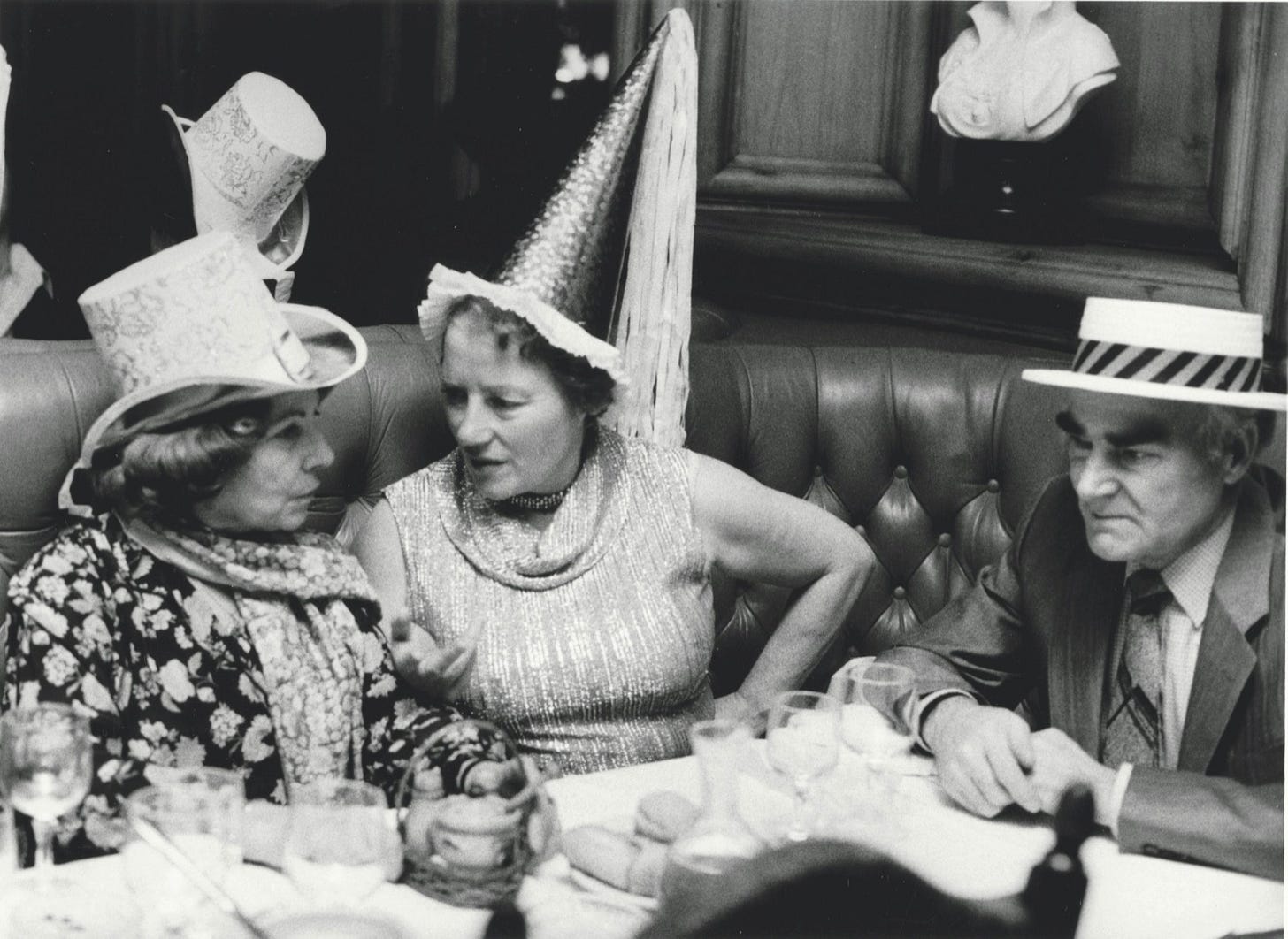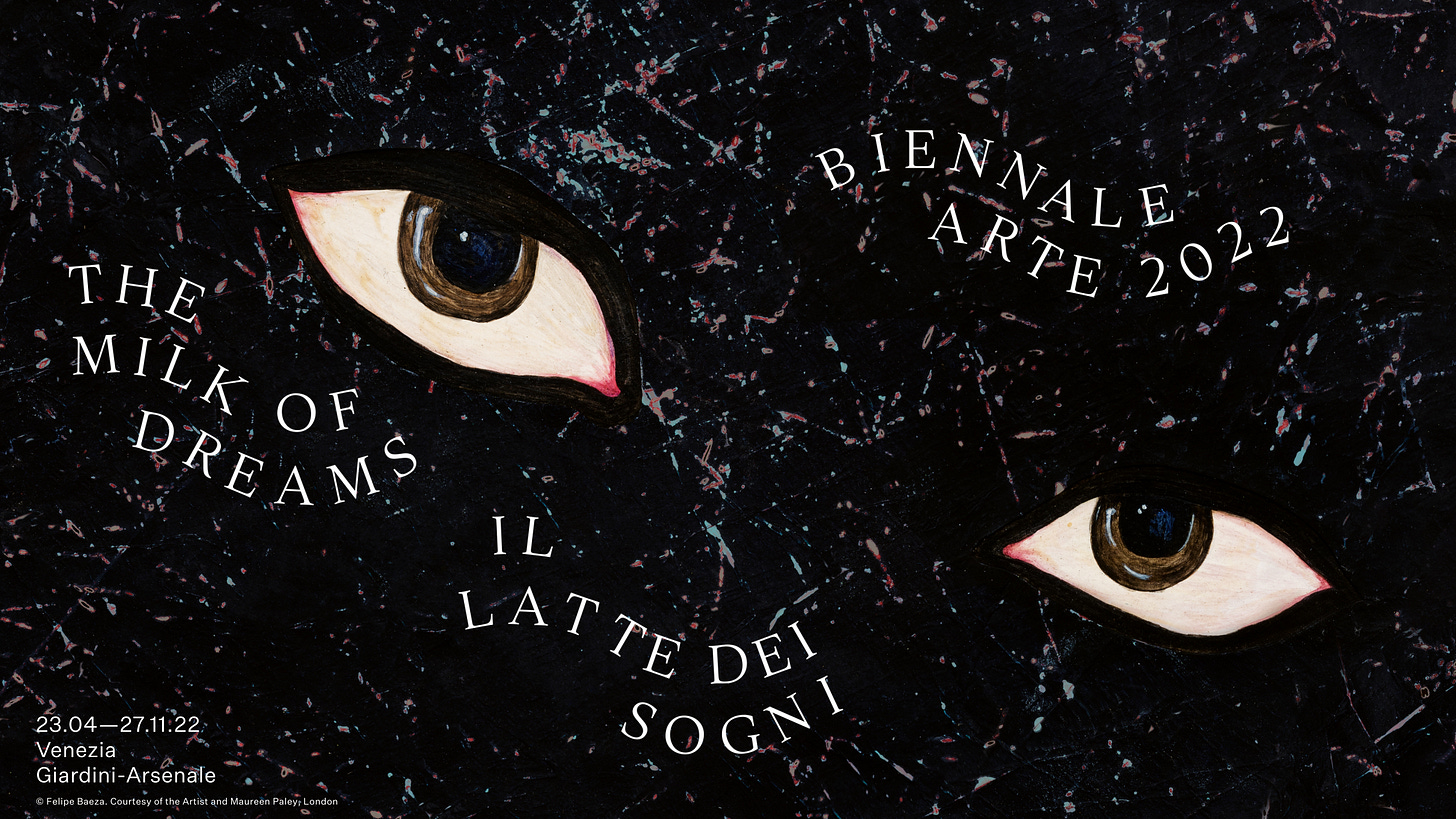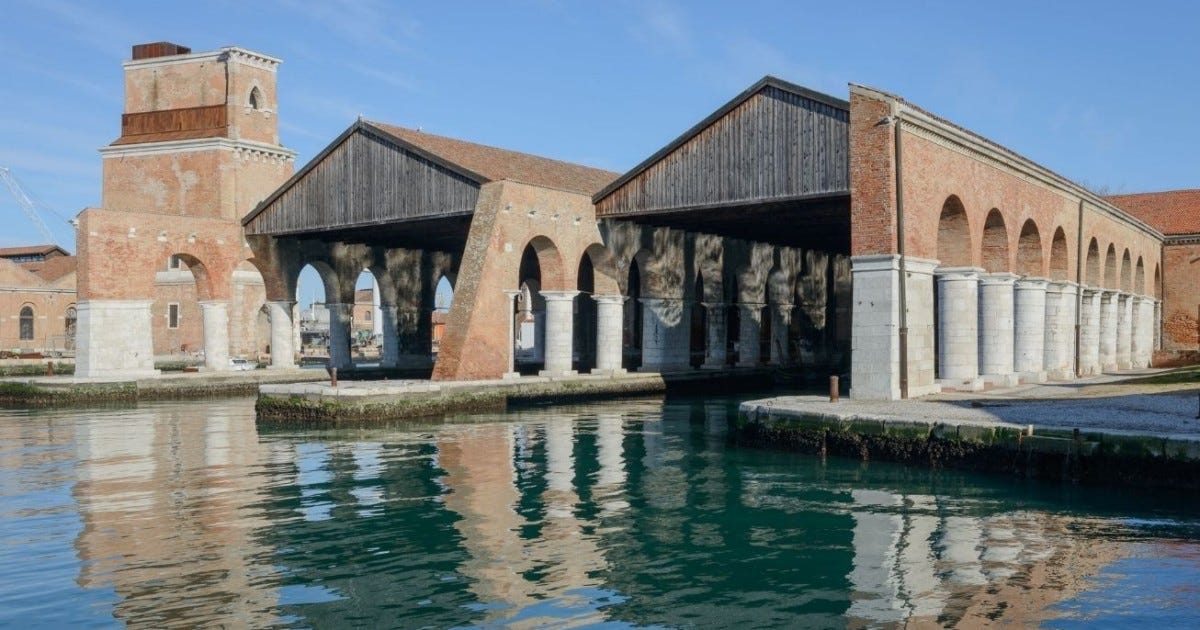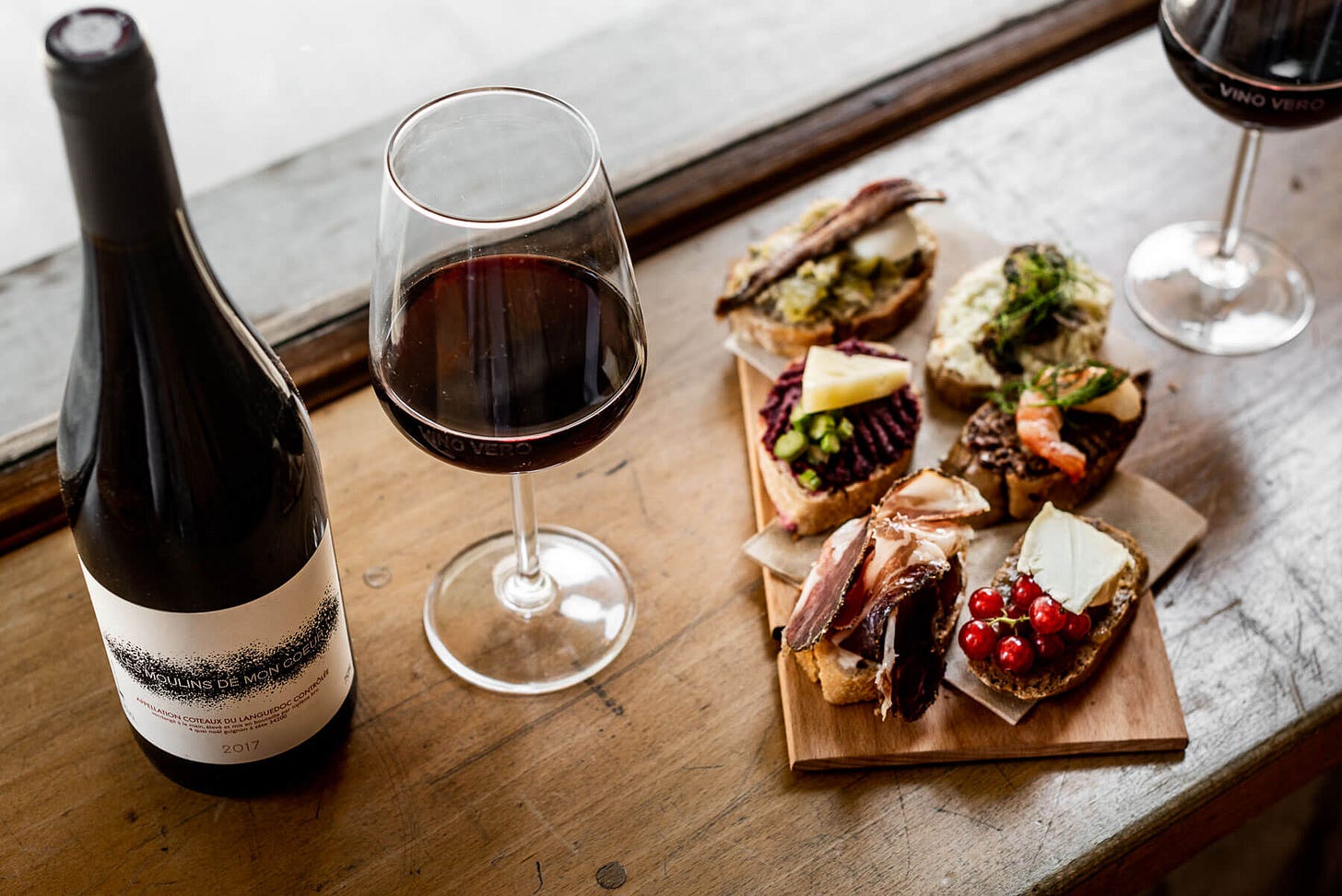Welcome to this first episode of Art (Epi)curious, a column giving you a taste of the spiciest art & culture news.
This newsletter follows the path of the Instagram posts and stories where I usually try to give an opinion on all things art-related (if you haven’t checked them out yet here is my username @cicedesanctis or you can follow the newsletter on @art.epicurious).
Biennale souvenirs #1
The 59th Venice Art Biennale is rapidly approaching and I feel it’s the perfect subject to start this newsletter.
A little recap (the basics)
Cecilia Alemani is the first female Italian curator to take the lead in the exhibition (125 years from the first Biennale!). She was previously Director & Chief Curator of the public art program High Line Art in New York, and she curated the Italian Pavilion at the Venice Biennale in 2017.
Alemani takes the stand with a strong position by selecting a large majority of women and non-binary artists for the Arsenale exhibition. Aiming to reverse clichés and to show “the other side of the avant-garde”, she created five thematics “time capsules” that revisit subjects from the past in the contemporary context.
She chose the title "The Milk of Dreams", from the book that Surrealist artist Leonora Carrington created in Mexico for her children, and which was populated by otherworldly (sometimes spooky) creatures involved in an imaginary journey through the metamorphosis of the body and consequently the definitions of humanity.
It’s not the first time she curates something linked to the Venice Biennale nor to Surrealism, as in the Italian pavilion of 2017 she showcased Il Mondo Magico, with works by Adelita Husni-Bey, Giorgio Andreotta Calò, and Roberto Cuoghi. In fact, when questioned about Surrealism and the place it is taking in contemporary art, Alemani explains: “It goes back to this idea of taking a more introspective look not just to find refuge in the unconscious and the personal, but as a way of internalising the major issues and challenges of our time.”
Both serious and ironic (like Carrington's book), Alemani's program is structured around three themes that guide the creation of the participating artists:
1. The metamorphosis of the body and the definition of humanity (i.e. the notion of the post-human, so dear to Donna Haraway)
2. The relationship between body and technology with an optimistic vision that sees technology improving and perfecting the human body
3. The relationship between Man and Earth, with an investigation of the post-human and post-anthropocentric thinking
This Biennale was supposed to happen in 2021, but (for the obvious reasons we are all well aware of) it got postponed. We can only observe how incredibly relevant these themes appear today, after two years of lockdowns and strange (surreal) realities.
A step back: the 38th Venice Biennale, 1978
Although Alemani’s approach seems new, I feel it finds its roots in the events of the 1978 Biennale.
Indeed, in 1978 the 38th Venice Biennale hosted a retrospective dedicated to Italian visual artist and performer Ketty La Rocca, who had prematurely died two years before. Alongside, Mirella Bentivoglio hosts the exhibition Materialization of Language at the Magazzini del Sale focusing on the works of those women artists who didn’t find their place in the Giardini of the Biennale. Bentivoglio assembled 154 works by 80 female artists working in the field of visual poetry, among them, we recall Maria Lai, Tomaso Binga, Regina, Paula Claire, Sonia Delaunay, Betty Danon, Agnes Denes and Lucia Marcucci.
Quite impressively both exhibitions were centred on language and semiotics. A search for the expression of an alternative mode of linguistic interpretation different from that disseminated by the dominant culture.
The path of language is in some ways the same as the one chosen today by Alemani: understanding the words and the images we use as the first paradigmatic step for a new language, a new expression. Most of all, what it seems Alemani is looking for, is the creation of a new historiography that still struggles to find its space. Hence the need for this subject, exhibited in the privileged space which is the Biennale. Let’s hope Alemani’s curatorial choices bear their fruits.
To have a broader understanding of what will happen in two weeks’ time, you can find Cecilia Alemani’s interview here and here.
Proust’s Madeleine
This section is called Proust’s Madeleine, and it presents a general mix in which you should indulge to get transported to new worlds or old cherished memories…just like the French pastry did for Marcel Proust.
This episode’s Madeleine is dedicated to the “collateral” events of the Biennale (yet another amazing excuse to roam around the city and get lost):
At Casa dei Tre Oci, the largest retrospective ever dedicated to the French-Swiss photographer Sabine Weiss, who died at the age of 97 in her Paris home last December. Weiss directed her lens on bodies and gestures, capturing emotions and feelings, in line with French humanist photography (Robert Doisneau, Brassaï).
Palazzo Grassi (one of the two Venetian locations for the Pinault Collection) presents Open-End, a major monographic exhibition dedicated to Marlene Dumas (1953, Cape Town, South Africa). Her portraits depict the suffering, ecstasy, fear and desperation of human beings, but are also comments on the act of painting itself.
Ca’ Pesaro offers a retrospective on mid-20th century Italian painter Afro Basaldella, focusing on his exchanges and collaborations with American artists such as Jackson Pollock, Willem de Kooning and Arshile Gorky.
Anselm Kiefer will create an installation of paintings in situ in response to the Sala dello Scrutinio of the Palazzo Ducale (where the Doges of Venice were elected), lavishly decorated with scenes from the city's heyday (by Tintoretto among others!)
Fondazione Cini will delight us with three exhibitions: 1/ On Fire! a show on fire as artistic material, through the work of Alberto Burri, Yves Klein, Arman, Pier Paolo Calzolari, Jannis Kounellis and Claudio Parmiggiani. 2/ FontanaArte. Living in Glass, a critical retrospective of the glass furnishings of the legendary Milanese company, through the production periods of the four great artistic directors: Gio Ponti, Pietro Chiesa, Max Ingrand and Gae Aulenti. 3/ Joseph Beuys. Finamente Articolato, presenting a selection of around 40 works by the master of conceptual art, whose 100th birthday was celebrated in 2021.
BONUS TIP: Here is my Mapstr so that you prepare a weekend in Venice with all the good addresses for a spritz and a cicchetto between one exhibition and the other.
Feel free to respond to this email with suggestions or opinions and, if you liked it, share it with a friend who might appreciate it as well.
Until next time,
Alice










